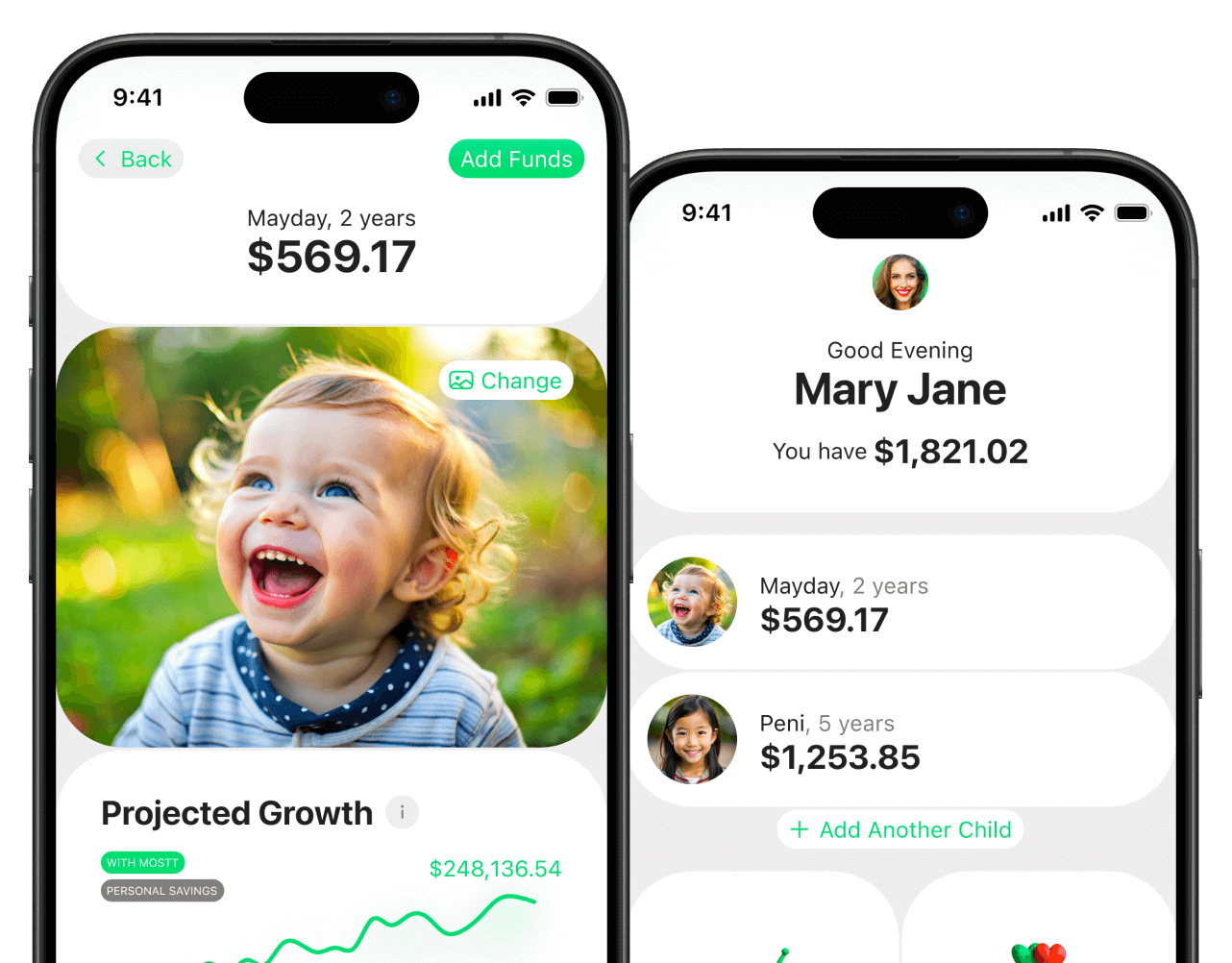Fall is more than pumpkin spice and crisp air. It is a season of change, fresh starts, and reflection. Families are settling into routines again after summer adventures, school is in full swing, and the holidays are right around the corner. Amid all this, there is one conversation that often gets left off the table: money.
Many parents hesitate to talk about finances with their children. Some worry it is too complicated. Others fear they will say the wrong thing or pass on their own financial anxieties. But the truth is, avoiding money conversations does not protect your kids. It leaves them unprepared for the real world.
This fall, the dinner table can become more than a place for meals. It can become the launchpad for teaching your children the habits, skills, and mindset they need to manage money wisely as adults. Here is how to start meaningful money conversations with your family without stress, judgment, or awkwardness.
Why Family Money Talks Matter
It might feel uncomfortable at first, but research consistently shows that children who grow up in homes where money is openly discussed are more likely to develop strong financial habits. According to the Financial Conduct Authority, early money conversations help kids learn critical life skills, understand the value of money, and prepare for financial independence. (FCA)
Additionally, the American Institute of CPAs highlights that children who are taught about money are more likely to save, spend wisely, and avoid unnecessary debt as they grow older. (AICPA)
These conversations do more than teach numbers. Children learn that money is a tool, not a source of stress or secrecy. They begin to understand responsibility, patience, and the importance of making intentional choices.
Start Small and Make Money a Normal Part of Life
The idea of sitting down and having a formal financial lesson might feel intimidating. The good news is you do not need a degree in economics. Start small and natural. The goal is to integrate money into daily life so kids see it as a normal topic rather than a taboo.
-
Discuss everyday choices. When grocery shopping, explain why you choose store-brand over name-brand items. Ask kids how they would decide if they were in charge.
-
Talk about allowances and savings. Even young children can understand setting aside part of their allowance for something they want. Use jars, envelopes, or apps designed for teaching kids about saving.
-
Include kids in planning small purchases. Planning a family movie night? Show the cost of renting or streaming and the snacks. Let them suggest creative ways to stick to a budget.
By keeping discussions casual and practical, you teach financial literacy without creating anxiety or pressure.
How to Approach Money Conversations by Age
Money lessons should grow with your child. Here is a roadmap for age-appropriate discussions:
Ages 5–7: Focus on basics. Teach needs versus wants, the value of saving for a toy, or why you cannot buy every candy in the store. Use visual tools like jars or envelopes to show money going toward different goals.
Ages 8–12: Introduce budgeting and simple goals. Kids can track allowances, earn small amounts through chores, and learn about the importance of waiting before making a purchase. Encourage discussions about choices, what to save for, what to spend, and what to give.
Ages 13–18: Teens can start understanding complex concepts like credit, interest, and investing. Talk about the cost of college, car insurance, or saving for a first car. Encourage them to participate in family financial decisions, such as planning a vacation within a budget.
As children grow, the depth of conversations evolves. The key is consistency. Regular discussions help make money less intimidating and more approachable.
Making Money Talks Fun and Engaging
Money does not have to be boring or stressful. When done right, it can be empowering and even fun.
-
Gamify the learning. Set family savings challenges. Who can save the most toward a shared goal?
-
Use apps and tools. Platforms like Mostt make saving and investing interactive for kids. They can track progress, see how gifts and round-ups grow over time, and learn the basics of investing early.
-
Storytelling. Share personal experiences with money, both successes and mistakes. Kids remember stories far better than abstract lessons.
When money becomes an engaging topic, kids are more likely to internalize lessons and develop healthy habits early.
Encourage Questions and Open Dialogue
Children are naturally curious. They might ask questions that feel uncomfortable, like “Why do we not have more money?” or “Why do we have debt?” The way you respond can shape their financial mindset for life.
-
Answer honestly but age-appropriately. Simplify complex ideas and do not hesitate to say, “I do not know, let us figure it out together.”
-
Normalize mistakes. Share times you overspent or made a financial error. Let them see that mistakes are part of learning.
-
Keep it ongoing. A single conversation is not enough. Make money talk a recurring part of family life, like a weekly check-in over dinner.
Set Family Goals Together
One of the most powerful ways to teach financial literacy is by involving kids in goal-setting.
-
Short-term goals. Saving for a board game, a small trip, or a new gadget.
-
Medium-term goals. Planning a family vacation or holiday gifts.
-
Long-term goals. Contributing to college savings or investment accounts.
By giving children a stake in family financial goals, they learn planning, prioritization, and delayed gratification. These are skills that will serve them for life.
Teaching Gratitude and Giving
Fall is naturally a season of gratitude. Incorporate charitable giving into money discussions:
-
Let kids choose a cause. Whether it is donating to a local food bank or contributing to an animal shelter, children feel empowered when they participate in giving.
-
Show impact. Track how their contributions help others. This reinforces the connection between money and positive action.
Learning to share financially cultivates empathy, generosity, and a balanced approach to spending.
Overcoming Common Barriers
Even with the best intentions, parents may face obstacles:
-
Discomfort with finances. It is normal to feel uncertain. Use it as an opportunity to learn together.
-
Fear of conflict. Money can be emotional, but structured, calm discussions reduce tension.
-
Assuming kids are too young. Start with small concepts and build complexity over time.
The key is willingness. Even imperfect conversations are better than silence.
Long-Term Benefits
Children raised in families that discuss money openly gain lifelong advantages:
-
Confidence in handling finances independently.
-
Better budgeting and saving habits.
-
Understanding of investing and long-term planning.
-
Ability to avoid debt pitfalls.
These habits compound over time, just like money. Starting the conversation now has a ripple effect that can last decades.
Practical Next Steps This Fall
Here is how to begin immediately:
-
Pick one night per week for a money talk over dinner. Keep it short, 15 to 20 minutes is enough.
-
Choose a focus topic. Saving, spending, giving, or a family goal.
-
Use real examples from your life. Discuss decisions you have made, what worked, and what did not.
-
Celebrate progress. Recognize milestones, whether it is meeting a savings goal or making a thoughtful purchase.
By making these conversations intentional, consistent, and positive, you are creating a culture of financial literacy in your home.
This fall, transform the dinner table into a place of learning, curiosity, and empowerment. Money talks do not have to be intimidating. They can be an opportunity to teach your children how to navigate life confidently. One conversation, one dinner, and one lesson at a time, you are giving your kids more than money knowledge. You are giving them the tools to thrive financially and personally for years to come.




